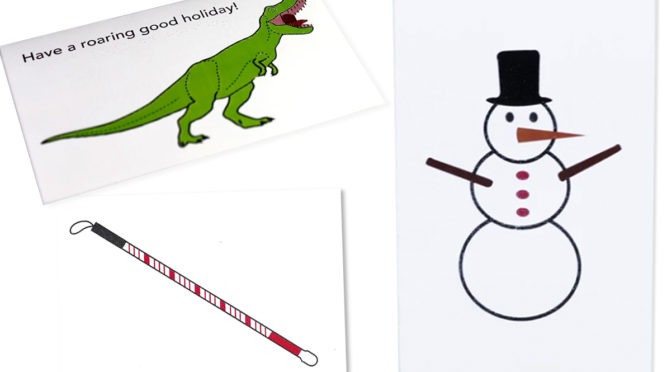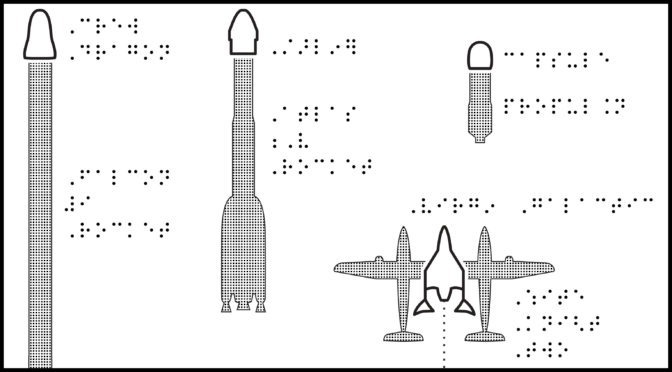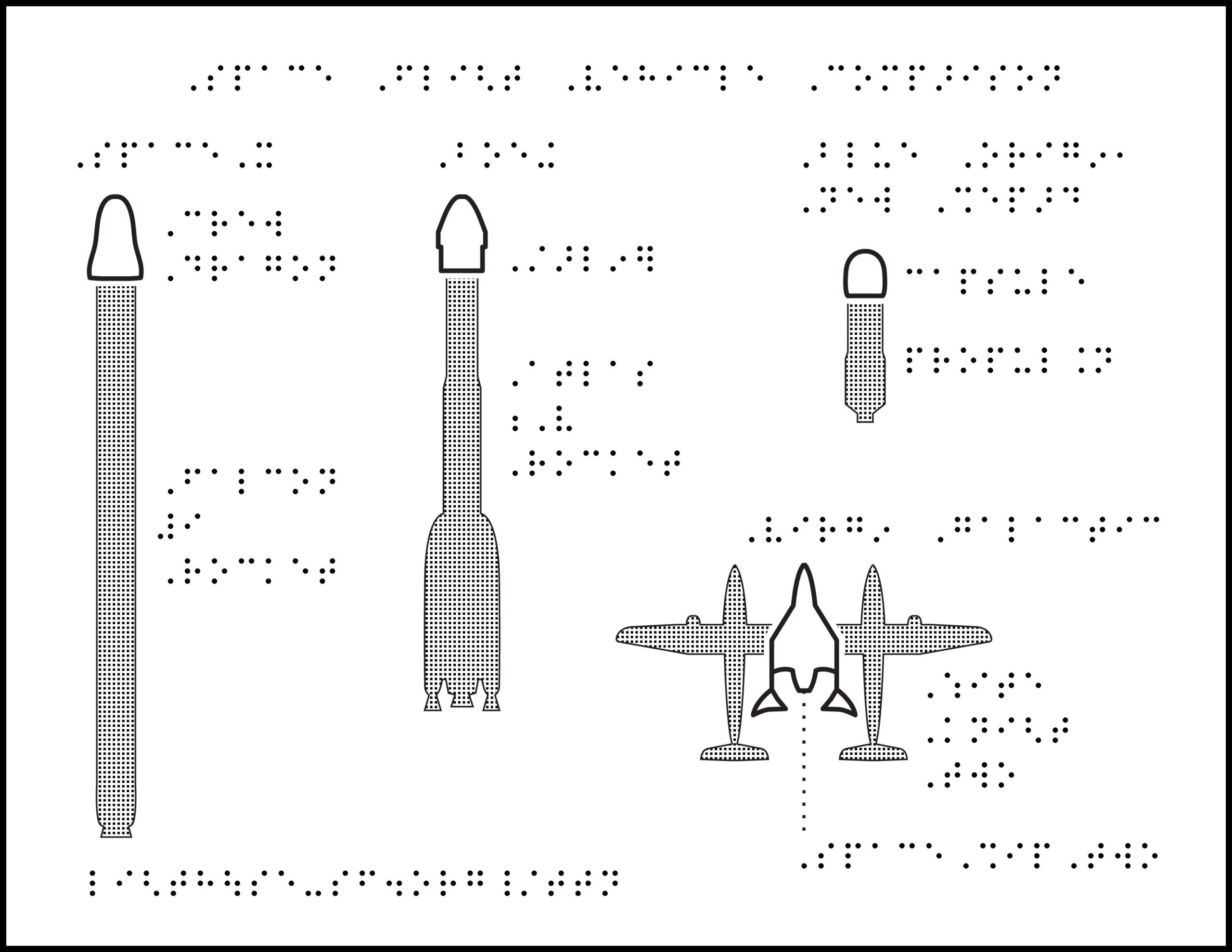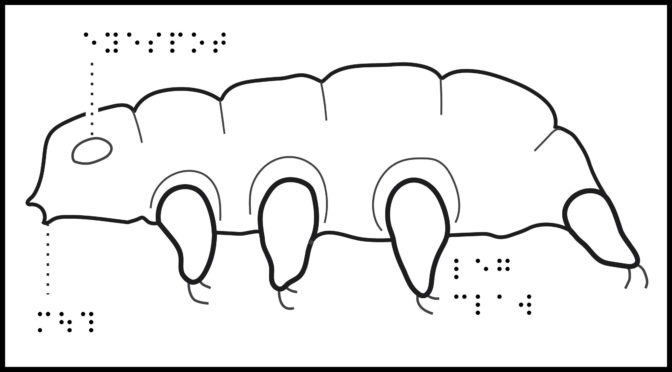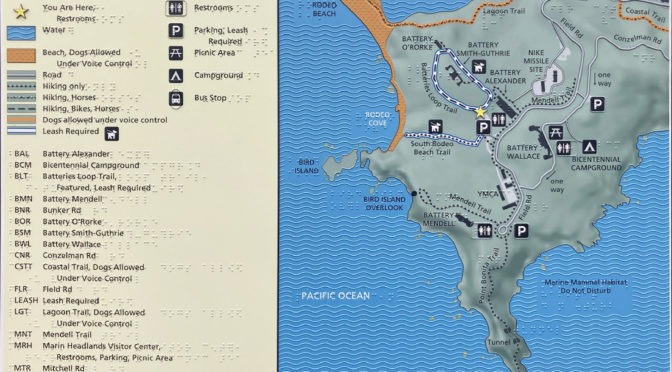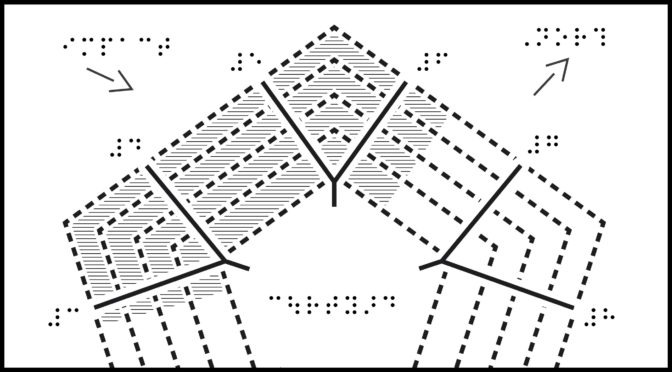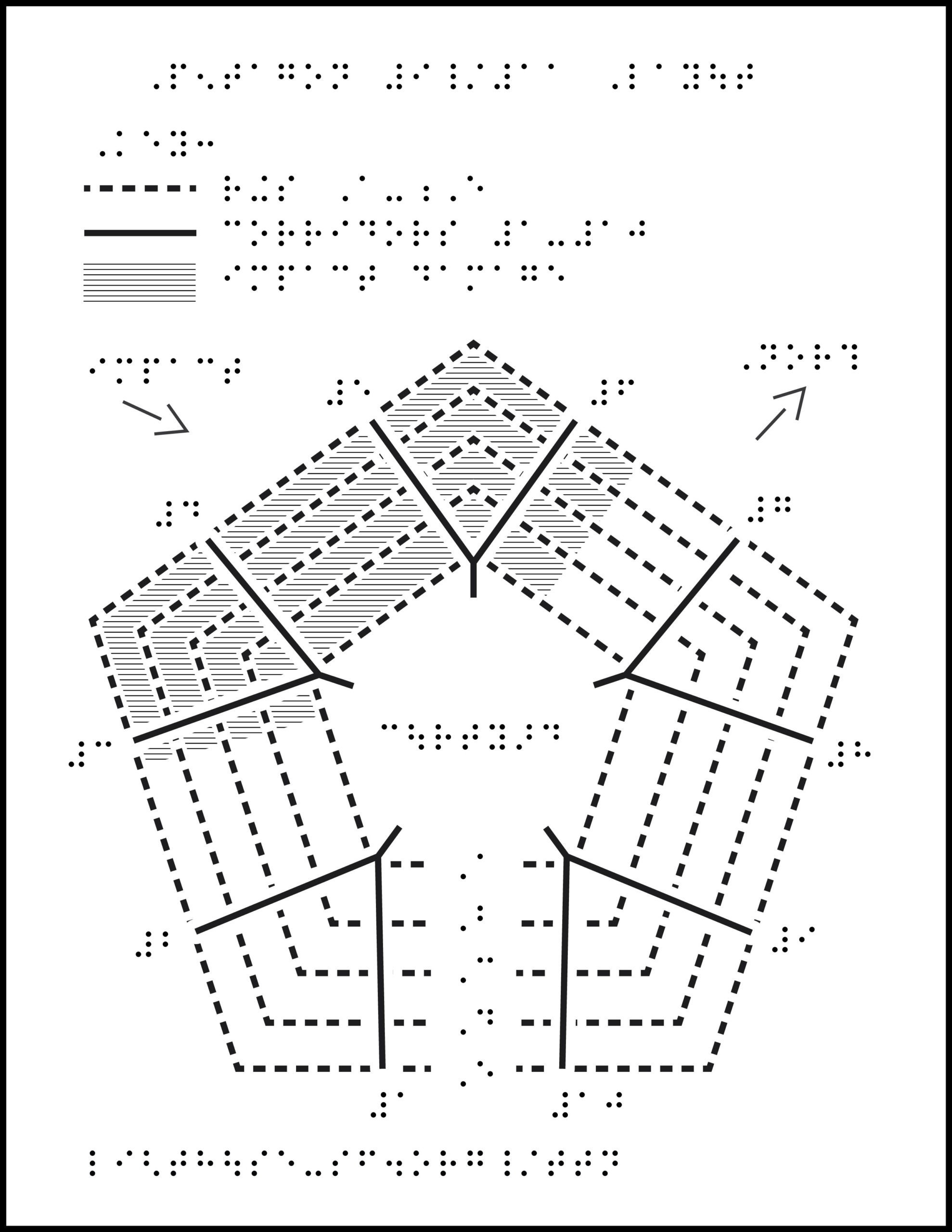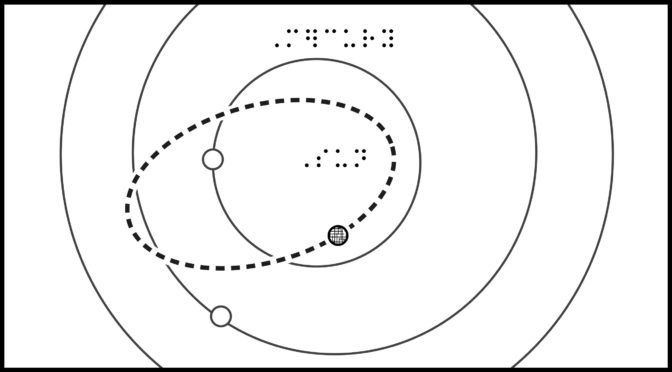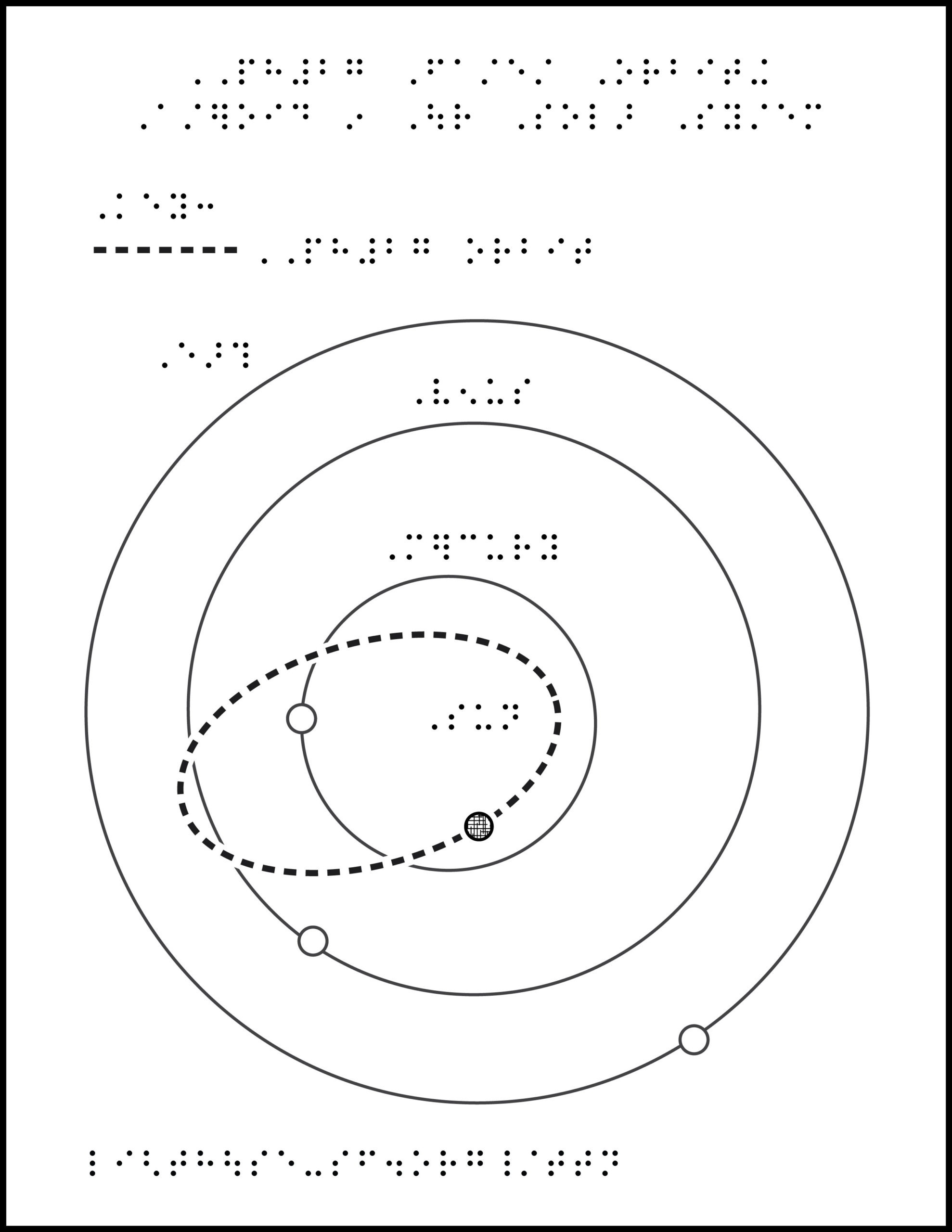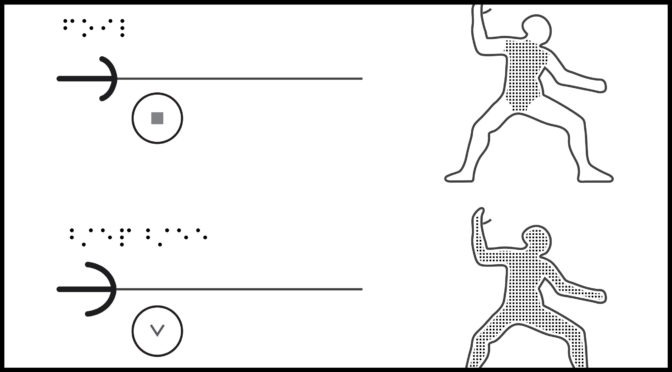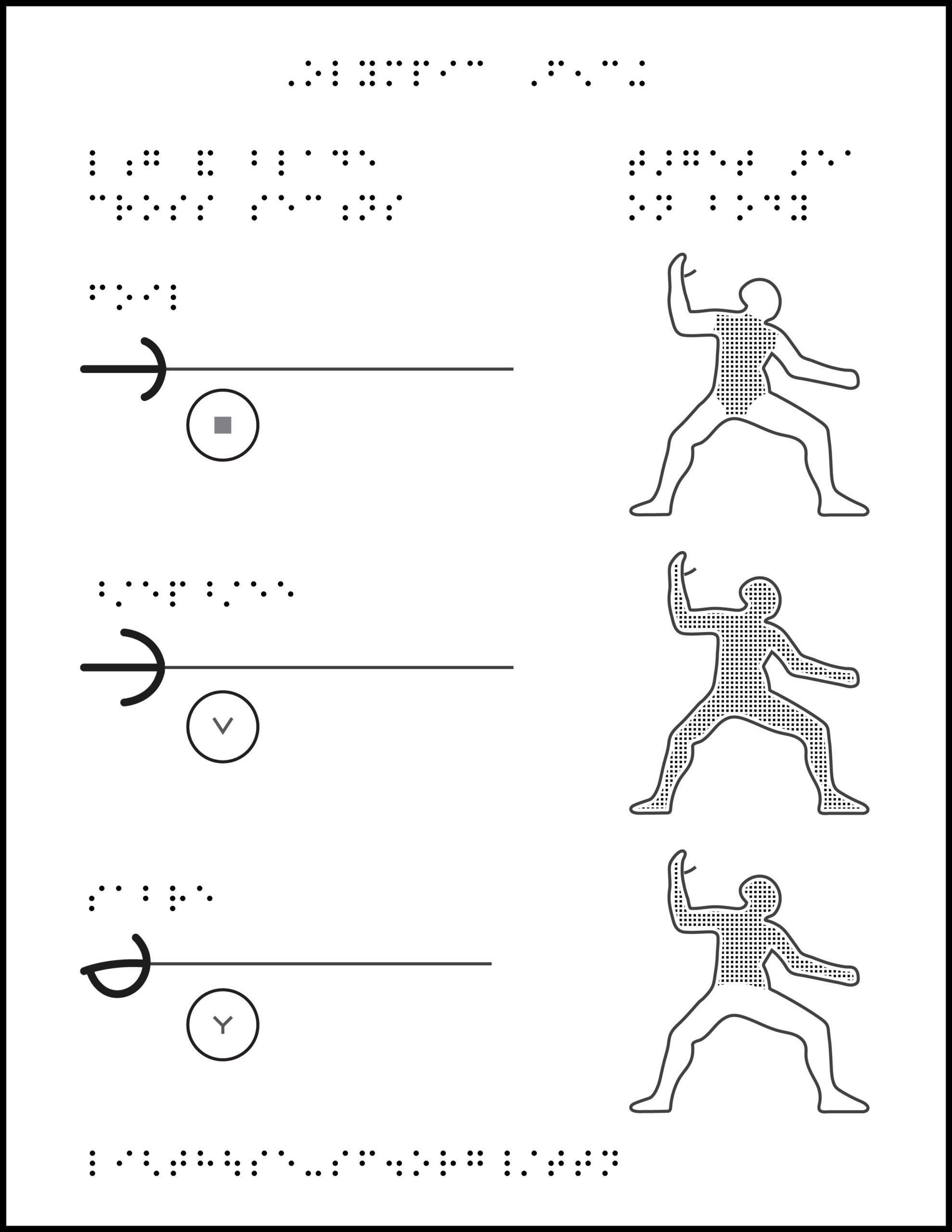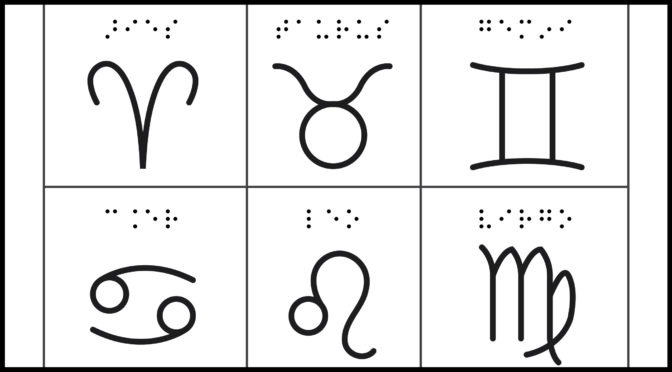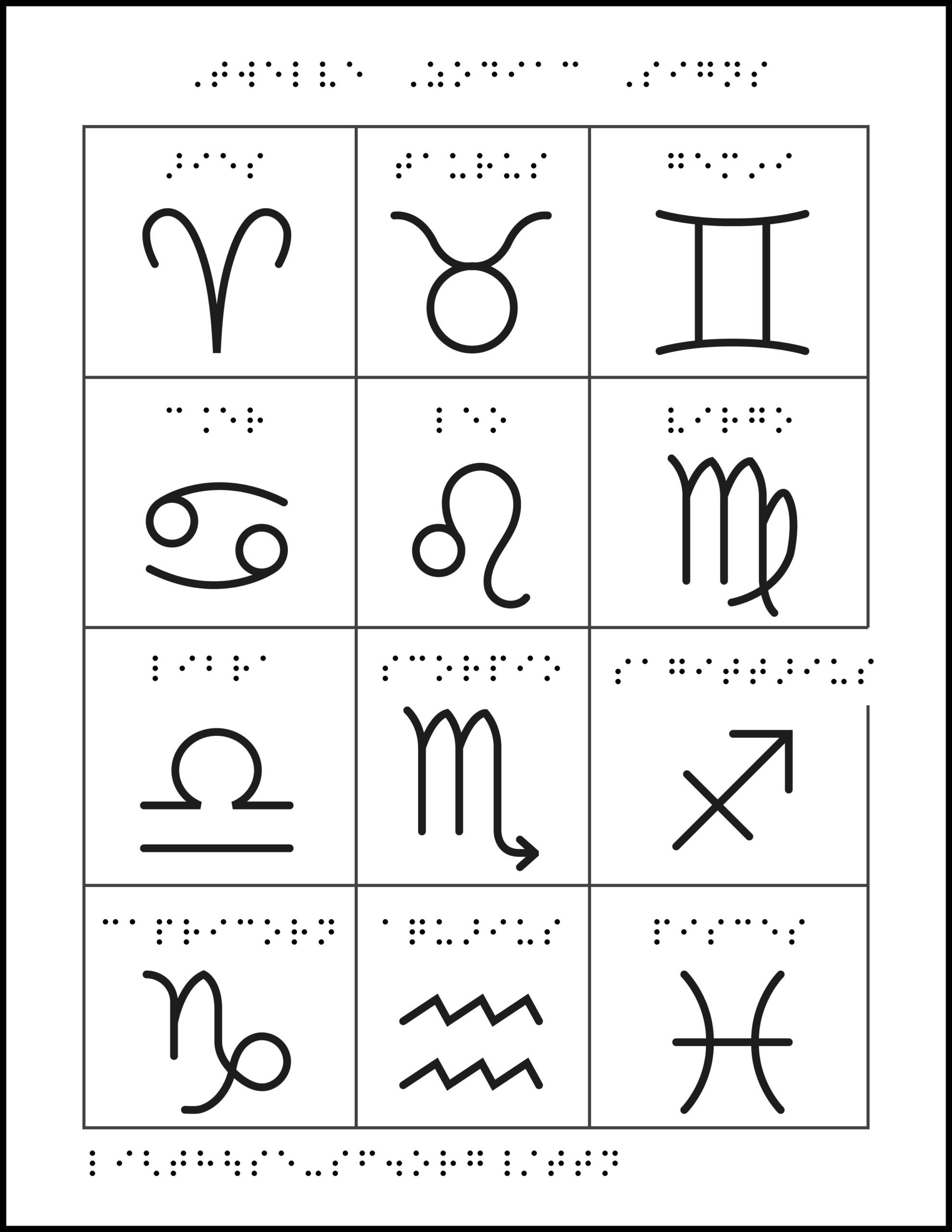Since 2016, LightHouse’s Media and Accessible Design Laboratory (MAD Lab) has been continuously developing their innovative Tactile Maps Automated Production (TMAP) software and perfecting its outcoming product. TMAP, a tool to generate tactile street maps, has grown since its early days and has become a widely used Orientation & Mobility (O&M) tool among O&M instructors and blind and low vision travelers. The expansion of TMAP is due to MAD Lab’s reliable presence at O&M conferences, webinars, and various blindness podcasts and presentations.
We are proud to announce that TMAP has made its way across the world! We chatted with O&M instructor Angela Reynolds of the Orientation and Mobility Association of Australia (OMAA) about her experience with TMAP.
How did you discover TMAP?
“I heard Greg Kehret [Director of LightHouse’s MAD Lab] talking about TMAP on Kassy Maloney’s podcast ‘A Step Forward’ in February this year. I thought it sounded like a great practical resource and immediately created an account and started experimenting with it.”
What was your experience/relationship with tactile maps before discovering TMAP?
“I commenced working as an O&M in 2001. Early in my career, I had access to PIAF [Pictures in a Flash] machines in the offices I worked in so I would create tactile maps when required. For the last 15 years I’ve worked in a country region in northeast Victoria, and I’ve worked from home, our office is a three-hour drive away. This means I don’t have a PIAF machine or any type of embosser at my disposal. If I need a tactile map, I have to be very organized and create and order the map at least three weeks in advance to ensure I had it in time for the O&M session. At times, I have to admit, it was difficult to be this organized or predict the need for a map this far ahead. Sometimes during a session, it would become clear that a client would benefit from a map to increase their spatial understanding of a travel route, but I simply couldn’t get the map created in time for the next session.
“To address these gaps, I crafted my own maps. I used a variety of materials to do this such as cardboard strips pasted onto cardboard to create street maps. Often clients would assist by creating the braille labels so it would be a collaborative process. Other times I’d create a quick map when we were on the go during an O&M session by using a magnetic board and magnetic strips and symbols that I’d created, often embellished with Wiki Stix, foam stick on symbols and tactile dots. I’ve made maps out of lollies [candy] with children and larger street maps out of cut out pieces of wood, sandpaper and felt.
“I think maps are so important to develop spatial understanding so people can start to create a mental map of the areas they’re travelling through, so I pursued many options to create maps, however it was time-consuming because of how long it took to create a map.”
How has having a TMAP account affected your work?
“I’ve been so excited to discover TMAP! It has filled some major barriers that I was experiencing with my capacity to provide good quality and timely maps to clients. I’m very impressed with how easy it is to use, the ability to set a scale to provide a big picture map or a more detailed smaller view of an area, the north compass rose, the key and the embedded braille, braille, did I mention braille?! The braille is a major game changer. The other aspect of TMAP to create tactile maps is how quickly I can create a map, it’s so fast and I can quickly download it to my computer and email it through to another staff member and request them to put it through the PIAF machine for me.
“Since I’ve had access to TMAP is has reinvigorated my passion for tactile maps. It’s also resulted in me revisiting and thinking about the development of foundational O&M skills and how to teach tactile mapping skills to both children and adults. Map reading is a learnt skill, and the skills of tactile mapping are learnt in a graded and methodical way. Even with the emergence of GPS technology there remains a strong need for tactile maps to increase spatial skill development, mental mapping and to use as a tool for enhanced and accessible learning of travel routes and environments.
“Due to the maps being sourced via Open Street Maps I find that the resulting maps are accurate and can really add value to the development of the conceptual understanding of the shapes of roads. And the TMAP software is working well in Australia and the fact that it’s free is also so exciting.”
How have your clients responded to working with TMAP?
“I have been providing services to a lady for a number of years on and off. She lost her vision due to retinoblastoma when she was 17 months old. She is an avid map lover and often requests maps from me so she can increase her spatial understanding of the areas she travels. Prior to TMAP, I had been crafting cardboard street maps and trying to put them together to create a big picture of the two towns she travels in regularly. Each map took me about 2 hours to make and there were issues with scale when we put them together. I am no cartographer! She was doing the braille labels and we’d stick them on together. Ultimately, I couldn’t keep up with her requests for maps, she wanted more, and I didn’t have enough time in my day to make the maps. This year when I discovered TMAP I was able to pump out multiple tactile maps for her so quickly and we spent several hours excitedly going over the maps together. This is also the other aspect that I really love about TMAP tactile maps, is the ability to sit down and share the experience of reading and looking at a map. She had the Braille version, and I had the text version and we read the map together in a really natural way. It felt accessible to both of us. Through TMAP, she learned that the street she has lived on for 25 years had a pronounced curve, it was curved like the shape of a horseshoe or the print letter U. She had always thought her street was straight.”
Since LightHouse chatted with Angela, she presented a paper at the Orientation & Mobility Association of Australasia online Symposium in Australia back in September. Our MAD Lab director, Greg Kehret, joined Angela for a joint presentation about TMAP. There has been a very positive response following the presentation, and several more O&Ms in Australia have created their own TMAP accounts and are starting to experiment and create tactile maps for their clients, as well. Nothing fills our hearts and fuels our ambition and dedication more than hearing feedback like Angela’s. LightHouse is thrilled to see MAD Lab’s services are vastly expanding and positively changing the lives of blind and low vision individuals worldwide. “I often highly recommend TMAP to other O&M’s,” Angela tells us.
Don’t have a local embosser but still want TMAPs for you or your students? No problem. LightHouse can produce the maps and mail them to you. Order online at Adaptations.org or call 1-888-400-8933.

